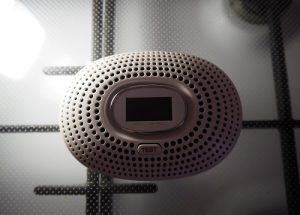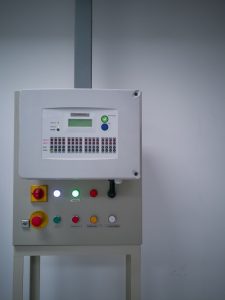Facilities like chemical plants and paper mills use and produce different liquids and gases. Exposure to them can cause serious harm to workers. Some chemicals may also be combustible. To prevent these risks, companies invest in gas detection monitors. They provide accurate data on the specific hazardous compound present and its amount.

That said, gas monitoring is an art and a science. It requires three factors: proper technique, the right equipment, and ample knowledge of what to do. Read on for a quick rundown of what you should learn about when using this precautionary device.
Bump Test the System Regularly
Detectors should always be bump checked according to the manufacturer’s instructions before being used. It’s where a particular amount and concentration of challenge gas is released over the sensors to ensure they’re functioning properly. This should immediately set off the alarms and security measures around the facility.
This test is crucial in making sure the gas leakage detection system is at peak performance. It will tell if there’s something wrong with the device’s sensitivity before production begins.
Practice Accurate Sampling Procedures
There are several approaches to air sampling, but the most common one is grab sampling. Air is collected from a facility and brought to a different location for analysis. This is conducted regularly to monitor chemical safety levels at specific times and locations. Gas detectors can do this by indicating the amount of substances combined with oxygen.
More importantly, this test helps identify the presence of potentially dangerous gases and air contaminants in the area. You’ll also know if these breathable substances reach hazardous levels.
Replace the Sensors Before They Fail
Detectors heavily rely on sensors to help provide accurate readings. But, they eventually wear out. That’s why most models have a specific expiration date. For consistent performance, replace this part regularly, and have the entire unit professionally serviced.
Teach Employees Updated Practices
A gas detection monitoring system can only do so much on its own; it needs operators. It’s highly recommended that they learn the proper ways to use precautionary devices. They should also be well aware of the risks associated with gas leaks. If your employees properly understand how the machine works and why it’s necessary, they can effectively ensure everyone’s safety.
Maintain the System

Industrial Gas Detector Aside from the main components, it’s crucial to give some attention to the auxiliary equipment. Routine inspections should be conducted so dents on the covers, kinks on the tubes, and blockages can be spotted early on. A cracked battery can make the whole system unreliable. Maintain each part’s cleanliness since contaminants like water, dust, and grime lead to inaccurate results.
The display should receive ample care, as well. Keep it clean, make sure the interface is working well, and protect it from physical impact. It’s the main instrument that lets you analyze the data, after all. If you suspect a malfunction, call an expert to help you troubleshoot and repair any issues.
Taking good care of your gas detection equipment is critical to keeping you and your companions safe from potentially deadly fumes. That’s why it helps to remember these tips before purchasing a unit. By maximizing its lifespan, you also protect yourself.
This precautionary device also has a variety of models designed for different needs. Contact DOD Technologies, Inc to learn more about them, including fixed gas detection systems.







